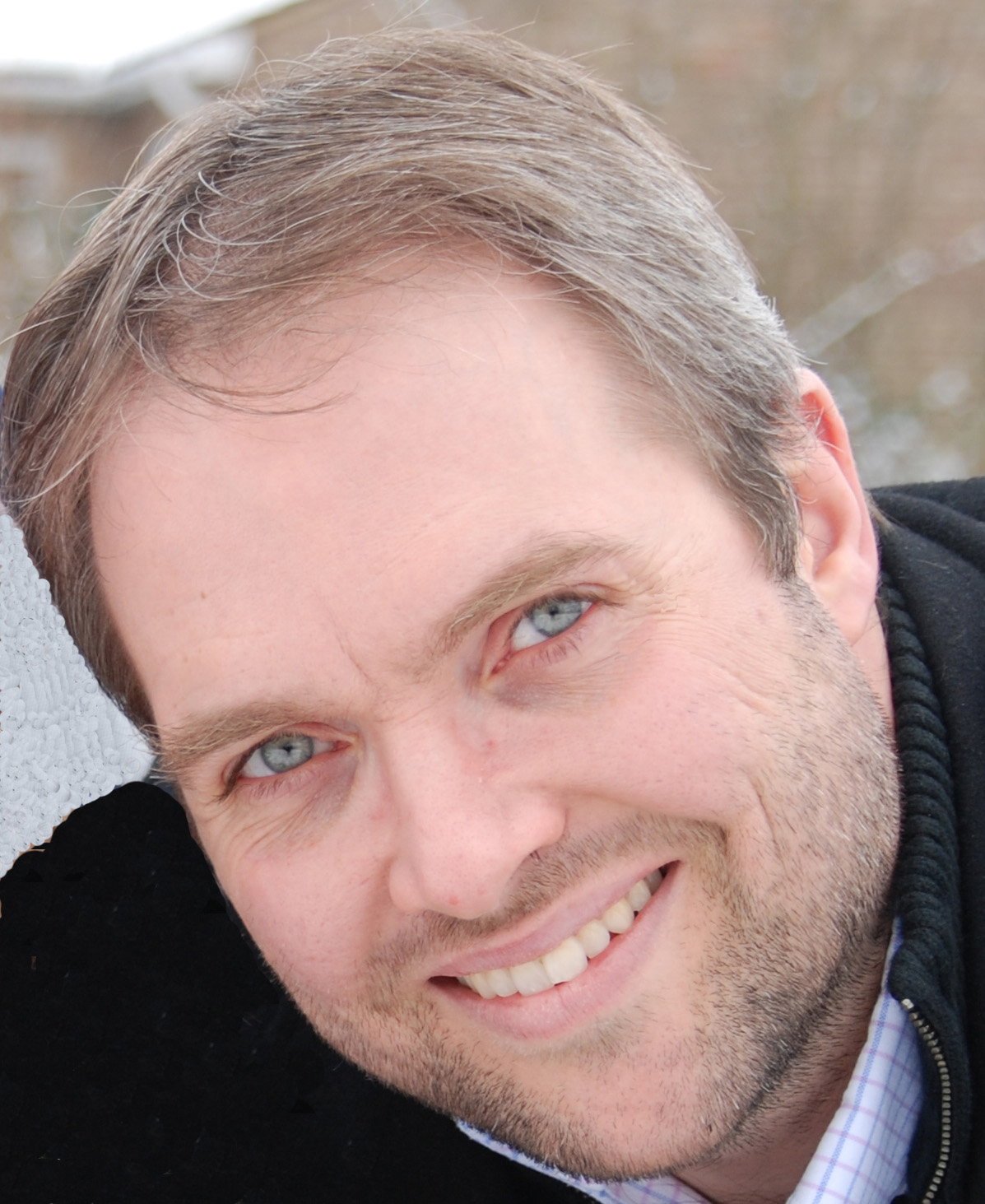If you think you or someone you know may be on the spectrum, the first thing is often to consider obtaining a diagnosis. In fact in order to open up the provision of care that is available, this can often be essential. There are many online tests that may give some indication, but often these are not completely reliable. In order to receive a formal diagnosis this will usually involve a GP referral to a psychiatrist, psychologist or multi-disciplinary team. Such a diagnosis may also help you to understand if you meet a particular autistic profile.
Autistic Disorder or Condition
This is usually what people think of when they think of the word 'autism'.
It is often defined as the triad of impairments and consist of people that struggle with the following:
- Social communication difficulties and language delay
- Challenges surrounding social interaction
- Repetitive and / or rigidity of behaviour, thinking and routine

